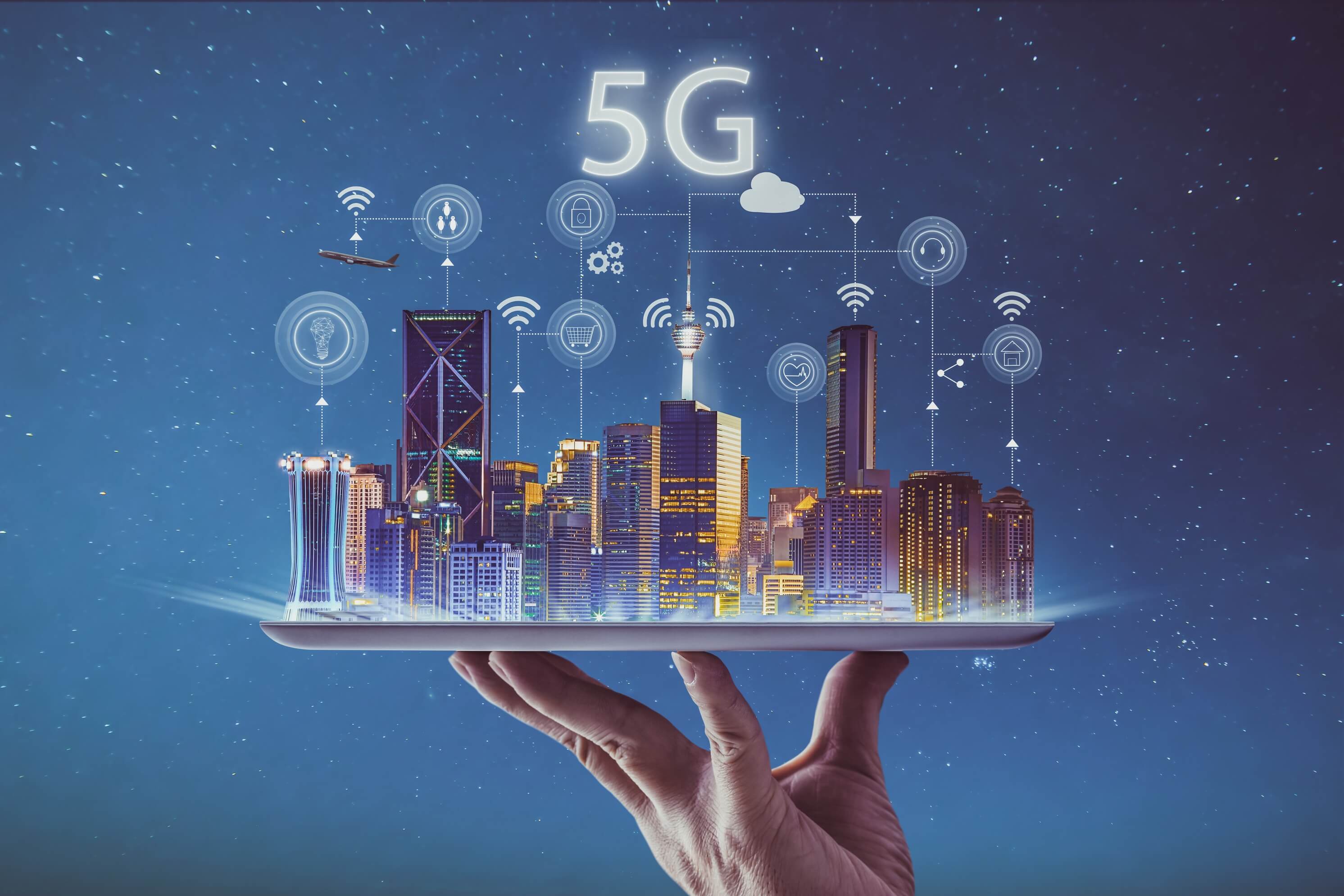Health Controversies Surrounding 5G
On Jan 30, 2018 The House Committee on Energy and Commerce held a hearing called "Closing the Digital Divide: Broadband Infrastructure Solutions" to accelerate the deployment of 5G networks in communities across the U.S., especially in currently under-served rural communities.
In December 2017, the FCC emphasized its enthusiasm for 5G in a bill titled "Accelerating Wireline Broadband Deployment by Removing Barriers to Infrastructure Investment" that became effective January 29, 2018 and boosts the rate of deployment for new infrastructure by streamlining zoning approval and removing many of the obstacles to installing antennas in local communities.
Many communities across the country are resisting this bill, which provides telecommunication companies with liberal access to most utility poles, street lamps and public rights of ways in neighborhoods for 5G antenna placement, accelerating deployment in the interest of economic benefits. A primary cause for this opposition stems from health concerns over chronic exposure to high frequencies, such as the new spectrum that is being opened for 5G.
click to expand
As our environment has become more saturated with ever higher and ubiquitous radio frequencies, specifically in the microwave spectrum, more studies have surfaced showing potential long term health risks associated with exposure to radio frequencies.
As a quick primer, radiation is energy that travels through the air as waves or particles, while electromagnetic (EMF) radiation is waves of electric and magnetic energy moving together (radiating) through space. In the context of cell towers, that energy is generated via electrical charges sent through an antenna and "radiated" to a device.
EMF can be classified as either ionizing or non-ionizing. It's established that ionizing radiation, which begins partway into the UV spectrum, can break chemical bonds (cause cell damage). Exposure to non-ionizing radiation from today's wireless devices is thought to be negligible, although the World Health Organization (WHO) has also released a statement about non-ionizing cell phone radiation and EMF as being potentially carcinogenic.
The biological effects from radiation exposure are reported to begin at less than 10 microwatts per square meter average power density (RMS) and for example this figure can be upward of 100 times that figure near towers. Concerns over exposure to radiation from wireless products are increasing as the industry looks to move beyond 6GHz and toward high frequency millimeter waves, which for instance at its lowest spectrum of 30GHz would equate to 30 billion electromagnetic wave per second hitting your cells.
click to expand
Biological effects due to radio frequency radiation range from cancer and immune dysfunction to memory impairment and reproductive issues. Glioblastomas are thought by some parties to be on the rise in association with cell phone usage and tissues with poor blood flow such as male testes are at particular risk for adverse effects. These hazards increase with higher frequencies and more continuous exposure, which is in line to occur with the rollout of new 5G infrastructure such as small cells.
Raising further questions about the potential for millimeter waves to interact with biology, a 2008 paper demonstrates the ability for human skin to act as an array of helical antennas, describing sweat ducts in human skin as being "helically shaped tubes, filled with a conductive aqueous solution," and noting that human skin "can be regarded as a 2D antenna array in the sub-terahertz region."
Expanding the mobile network to higher frequency spectrum also comes with a range of unknown quantities outside of human biology, such as the potential for radiation from millimeter waves to affect microbes in a way that increases antibiotic resistance.
Peer reviewed research on wireless radiation showing various effects:
Increased Cancer Risk | Fertility Issues/DNA Damage | Neurotoxic Effects | Cognition Impairment | More


